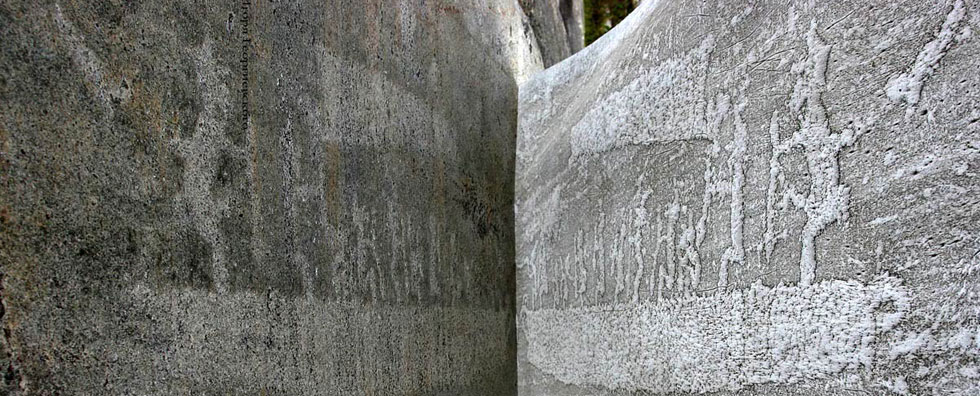
Issue №2, Vol. 18
Shatsky V., Orobinsky V., Afonichev D., Aksenov I., Kornev A. Theoretical analysis of kinematic parameters of sieve mills for grain cleaning machines // Resources and Technology. 2021. №2, Vol. 18. P. 18‒31.
DOI: 10.15393/j2.art.2021.5703
Theoretical analysis of kinematic parameters of sieve mills for grain cleaning machines
| Shatsky Vladimir P. | Voronezh State Agrarian University, sha.vladim@yandex.ru |
| Orobinsky Vladimir I. | Voronezh State Agrarian University, n7477@mail.ru |
| Afonichev Dmitry N. | Voronezh State Agrarian University, dmafonichev@yandex.ru |
| Aksenov Igor I. | Voronezh State Agrarian University, igor-aksenov1989@ya.ru |
| Kornev Andrey S. | Voronezh State Agrarian University, kornev.andr@mail.ru |
|
Key words: grain cleaning machine grating mill drive drive eccentric horizontal displacement vertical displacement horizontal acceleration vertical acceleration inertia force vibration |
Summary: Sieve mills are used in the vast majority of grain cleaning machines as the main working body. They are equipped with a set of flat perforated sheets, with the perforation being made in the form of various geometric holes of different sizes and locations. The work of the body suspended on flat metal suspensions with sieves is performed by a drive mechanism and is a reciprocating motion of a given amplitude and frequency. At the same time, the machine parts experience serious alternating loads, which lead to its failure. The elimination of this problem is highly relevant for developers and consumers of grain cleaning equipment. The authors present equations connecting the horizontal and vertical displacements of the grating mill with the angle of rotation of the drive eccentric, which depends linearly on time. In view of the cumbersome analytical solutions of these equations, the numerical values of the horizontal and vertical accelerations as a function of time were approximated by the 13th-order polynomials, which can be differentiated and allowed us to establish the dependence of the horizontal and vertical velocities and accelerations of the grating mill on time, and therefore on the angle of the drive eccentric rotation. The results of the calculations showed that the horizontal accelerations are particularly large. Their maximum and minimum values are 38.6 and -35.3 m / s2, respectively. It is obvious that they create large inertia forces that cause sieve mills wobbling. When some geometrical parameters of the drive are changed, these accelerations change significantly. When changing the length of the connecting rod and the setting parameter of the axis of rotation of the eccentric, the maximum modulo horizontal acceleration practically does not change. When the setting parameter of the axis of rotation of the eccentric increases the maximum modulo vertical acceleration increases as well. As the value of the radius of the eccentric decreases, the maximum modulo horizontal acceleration also decreases. As the angular velocity of the eccentric increases, both the horizontal and vertical accelerations increase. |
Displays: 915; Downloads: 564;




